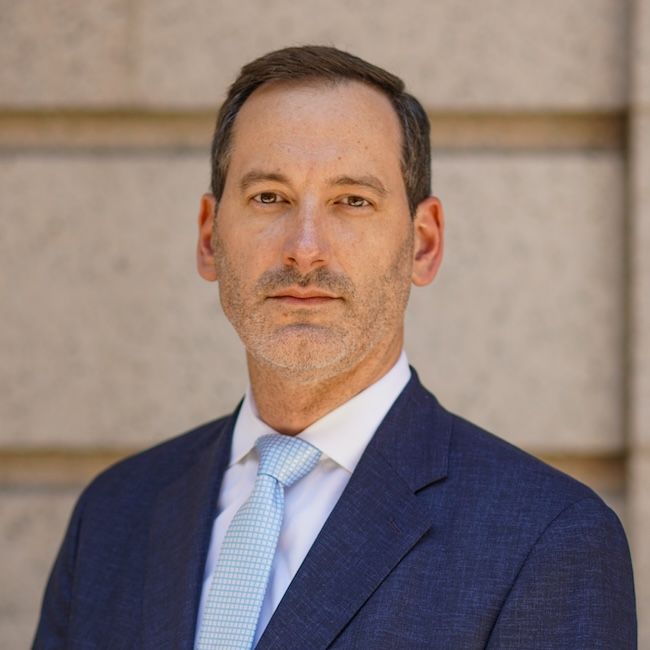
There are bold headlines about crypto in Latin America. Countries like El Salvador have made a splash on the crypto scene, with leaders who are moving fast and breaking things. At the same time, countries like Brazil are taking a more measured, strategic approach to financial transformation and crypto adoption. Like stories out of Africa and Asia, Latin America is leapfrogging legacy payment systems and banking infrastructure, opening new markets, participants, and opportunities. In this piece, we unpack the regional financial landscape, share real-world applications, and analyze country-level crypto strategies.
As financial volatility continues to challenge the resilience of economies across Latin America, digital assets are reshaping how millions navigate inflation, save for the future, and connect to global financial networks.
High-inflation economies like Argentina and Venezuela experienced 117 percent and 47 percent inflation in 2024, respectively. Latin America, outside of these two countries, saw much lower average inflation that year, at 4.7 percent. The devaluation of some local currencies—the Argentine peso and the bolivar in particular—has caused a flight to stability, driving demand for USD-denominated assets, including stablecoin and Bitcoin.
Cryptocurrencies, particularly stablecoins, have emerged as both speculative vehicles and increasingly functional tools in these contexts: protecting savings, powering remittances, and enabling participation in digital commerce. These developments highlight a shift in perception from hype to utility.
The public sector across the region is noting these trends as it works to modernize its payments infrastructure. Leadership from national and local governments, as well as central banks, has been experimenting with how digital assets will integrate into the region's financial system. We will spotlight lessons learned—both successes and cautionary tales—for innovators and policymakers globally.
Country Spotlights
This is the first of a series that will cover Latin America, sub-Saharan Africa, and Southeast Asia's global crypto adoption, researched in partnership with Professor Jens Rudbeck at the New York University School of Professional Studies, Center for Global Affairs.
Brazil: Public Sector Digital Leadership in Practice
Brazil is a regional hub of crypto use and ownership. According to Chainalysis, Brazil has the largest crypto economy in Latin America, with 12 percent of the population using crypto. Crypto asset usage in the country has surged over the past three years, with around 90 percent of the activity linked to stablecoins.
The nation also stands at the forefront of public sector leadership in digital financial modernization. By 2024, PIX accounted for over 63 billion transactions and moved $4.5 trillion in value, The Economist reports. Its near-zero transaction costs and simplicity helped it eclipse both cash and cards.
Building on PIX's infrastructure, Brazil is piloting a new system called Drex to digitize finance and lower barriers to innovation. While not a traditional central bank digital currency, Drex functions as a payments infrastructure designed to improve credit access through collateralized assets in a high-cost financing environment. It uses distributed ledger technology, an Ethereum L2, to settle wholesale interbank transactions, while retail access will be based on tokenized bank deposits. Drex stands out for its planned interoperability with smart contracts and tokenized services.
The second stage of Drex's pilot phase started last fall and includes a consortium of private sector participants, including Amazon Web Services, Google, Mastercard, Santander, and Visa, as well as Brazil's largest neobank, Nubank.
This infrastructure layer positions Brazil as one of the most "ready for Web3" economies in the world. Unlike the US’s FedNow, which limits nonbank FinTech access and lacks digital asset interoperability, Brazil builds with future functionality in mind.
Argentina: Deploying an Agile Digital Modernization Strategy
In Argentina, where annual inflation has exceeded 100 percent in recent years, crypto is becoming a practical wealth-preservation tool. Argentine citizens have the option of either swapping pesos through their bank at the official rate, where they can save only up to US$200 a month, or buying “blue dollars” on the black market, where they face much higher rates of exchange. As such, stablecoins have become a way to avoid government-enforced capital controls and save in dollar-denominated instruments. Stablecoins pegged one-to-one to USD—USDT, USDC, RSV—have seen significant uptake in Argentina via platforms like Lemon.
Digital dollarization has not been the only response to inflation. Brazil's PIX has proven so effective that it is now crossing borders and finding users in Argentina through FinTechs like Mercado Pago, Reuters reports. Argentine merchants, grappling with depreciation risks and credit card settlement delays, increasingly accept instant payments. This enables Brazilian tourists to pay with PIX while visiting Argentina and save on foreign exchange conversion. Cross-border commerce and shared platform infrastructure offer an early glimpse of what regional interoperability in Latin America's digital payments landscape might look like.
El Salvador: A Cautionary Tale of Mandated Bitcoin Adoption
In 2021, El Salvador became the first country to adopt Bitcoin as legal tender, positioning it alongside the US dollar. The government launched the Chivo Wallet, offering citizens $30 in Bitcoin to encourage adoption. However, the rollout faced significant challenges, including technical glitches, fraudulent claims, and widespread public skepticism.
The high volatility of Bitcoin as an asset class has continued to raise alarm bells among monitors of Salvadorian public finance. In response to these concerns and as part of a $1.4 billion loan agreement with the International Monetary Fund, El Salvador amended its Bitcoin Law in early 2025, removing Bitcoin's status as legal tender and making its use entirely voluntary—though it preserved its bitcoin reserves.
While El Salvador's early adoption and national stockpiling of Bitcoin as a reserve has so far paid off—the country now sits on over $600 million in unrealized gains—ultimately, Bitcoin never became a currency of daily life as was intended.
As these country case studies demonstrate, Latin America's crypto adoption journey is diverse and instructive. The region's governments are innovating, investing, and experimenting towards the next generation of digital payments. While not every initiative has been a success—El Salvador has had to scale back its national bitcoin ambitions— public infrastructure projects like PIX, Drex, and QuarkID reflect a growing trend of governments building their own digital rails that could complement or converge with private and public digital currency initiatives globally.















